50+ Sample Photography Agreement
-
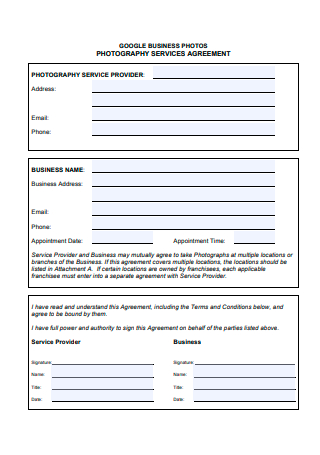
Photography Services Agreement
download now -
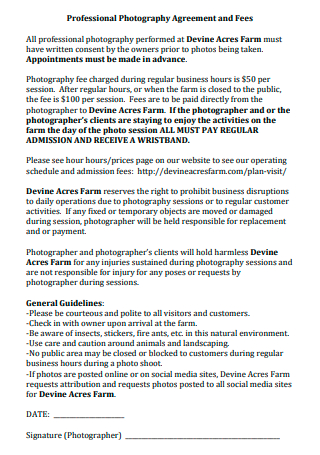
Professional Photography Agreement and Fees
download now -
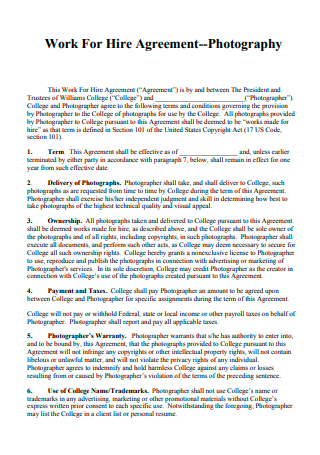
Photography Work For Hire Agreement
download now -

Photography Confidentiality Agreement
download now -
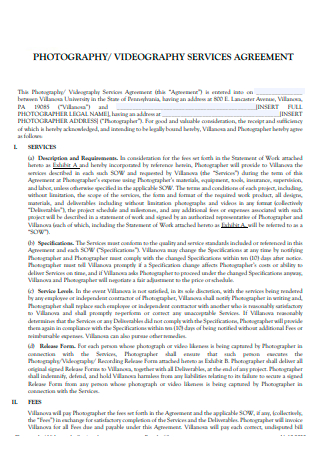
Photography Videography Services Agreement
download now -
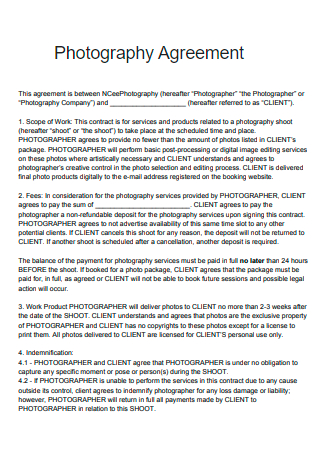
Photography Agreement Example
download now -

Photography Filming Location Agreement
download now -
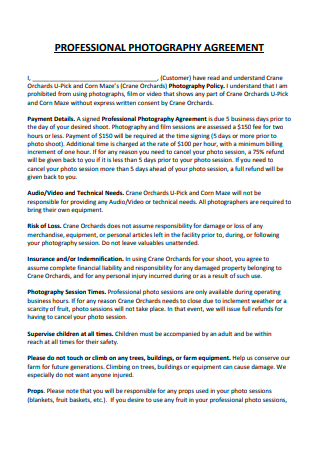
Professional Photography Agreement
download now -
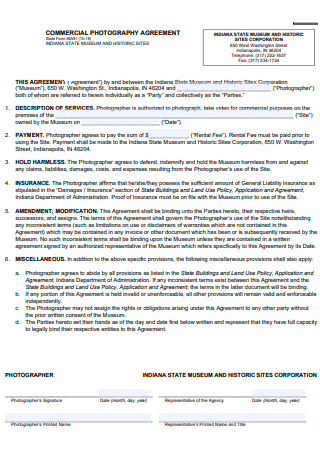
Commercial Photography Agreement
download now -
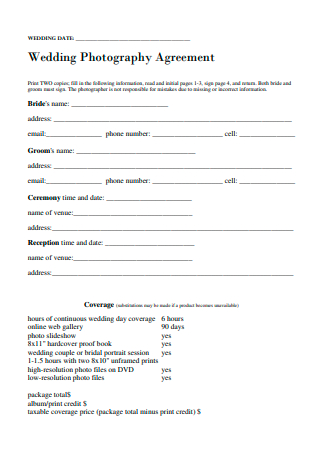
Wedding Photography Agreement
download now -
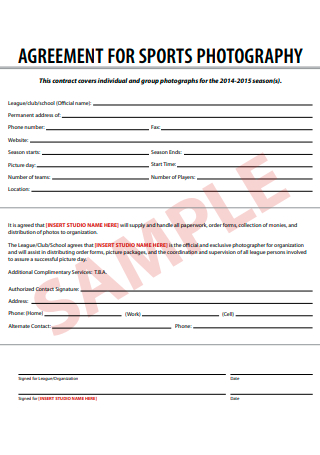
Sports Photography Agreement
download now -
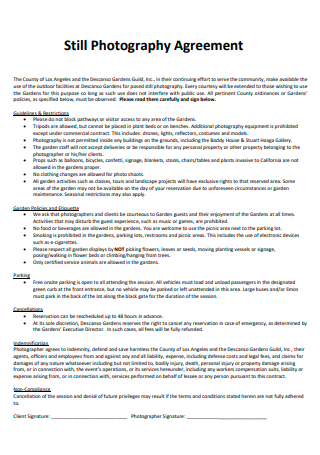
Still Photography Agreement
download now -
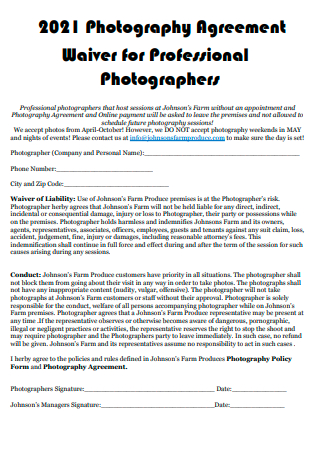
Photography Agreement Waiver For Professional Photographers
download now -
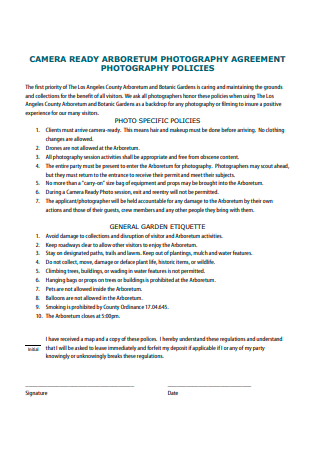
Photography Agreement Policies
download now -
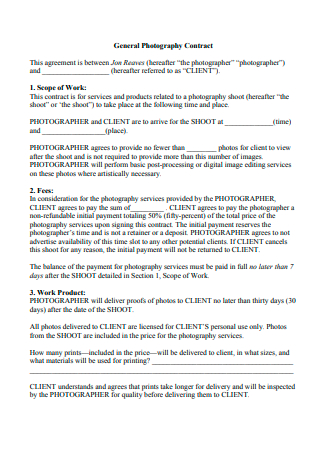
General Photography Contract Agreement
download now -
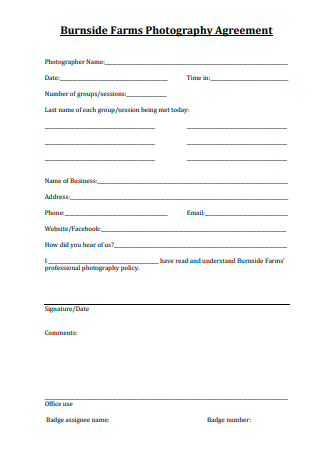
Farms Photography Agreement
download now -

Photography Agreement in PDF
download now -
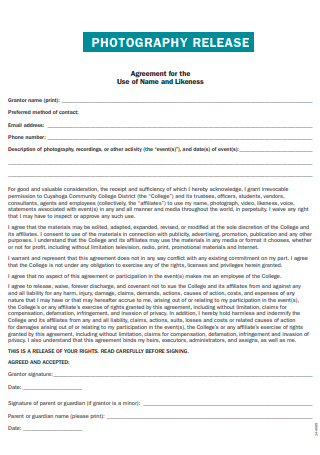
Photography Release Agreement
download now -
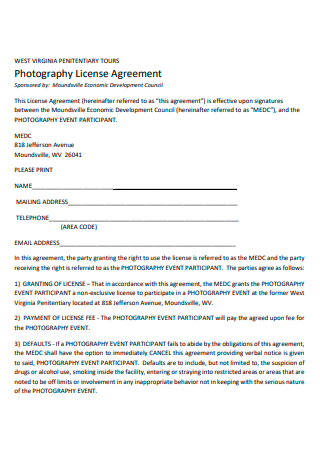
Photography License Agreement
download now -
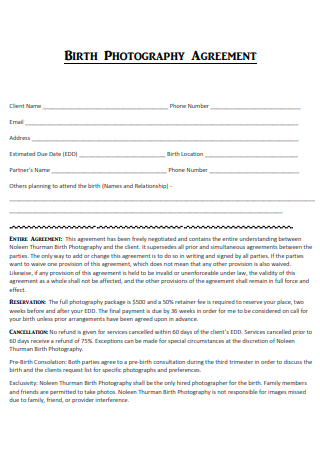
Birth Photography Agreement
download now -
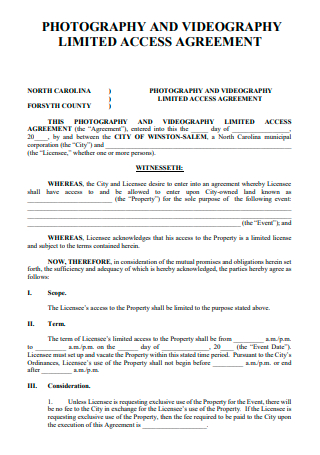
Photography and Videography Limited Access Agreement
download now -
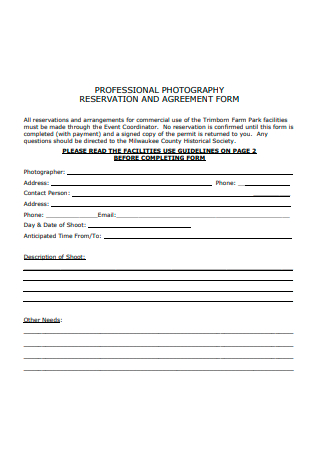
Professional Photography Reservation and Agreement Form
download now -
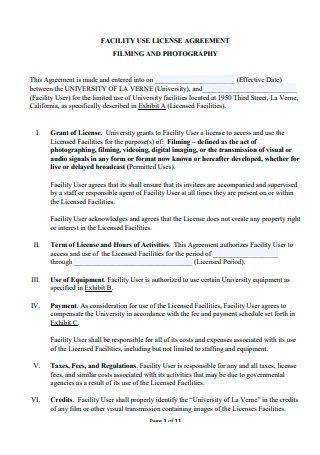
Filming and Photography Facility License Agreement
download now -
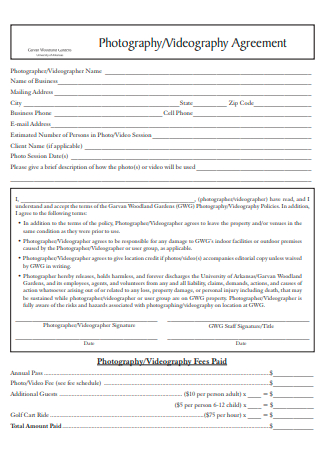
Photography Videography Agreement
download now -
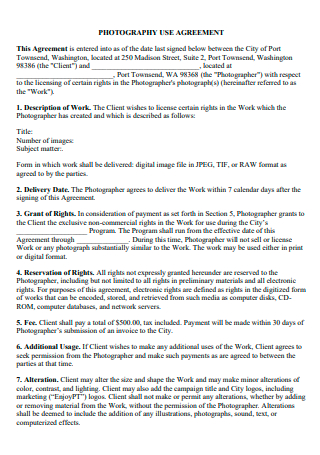
Photography Use Agreement
download now -

Freelance Photography Agreement
download now -
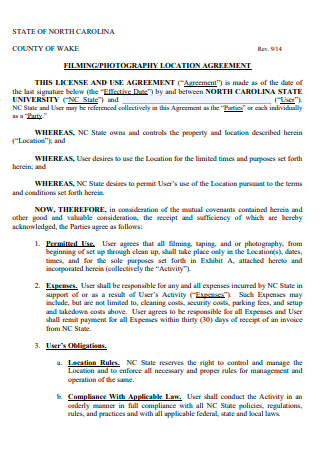
Photography Location Agreement
download now -

Private Photography Agreement
download now -
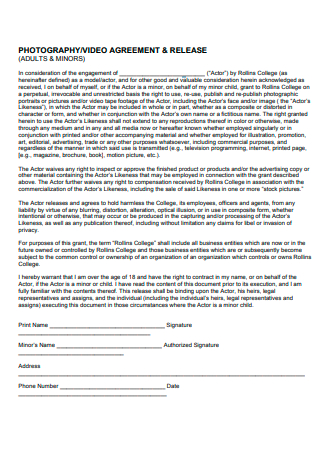
Photography Video Agreement and Release
download now -
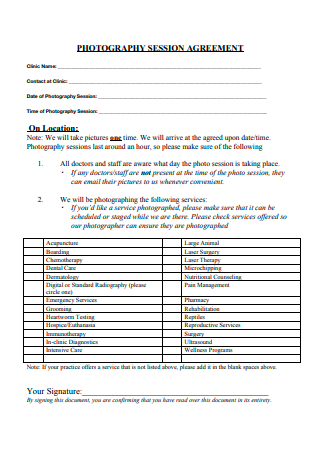
Photography Session Agreement
download now -

Photography Agreement and Contract
download now -
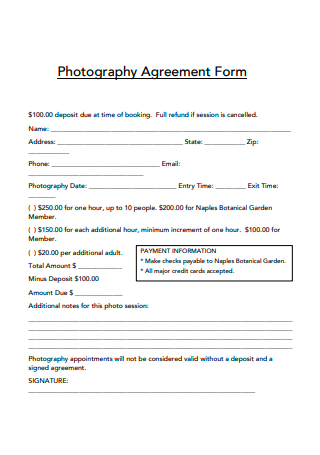
Photography Agreement Form
download now -
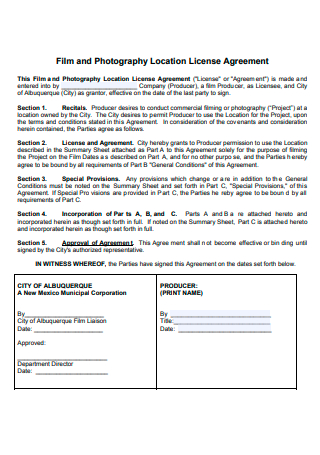
Film and Photography Location License Agreement
download now -

Photography Permission Agreement
download now -
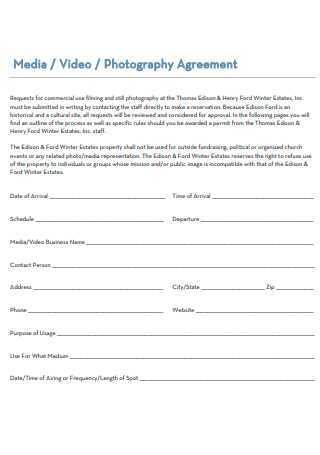
Basic Photography Agreement
download now -

Printable Photography Agreement
download now -
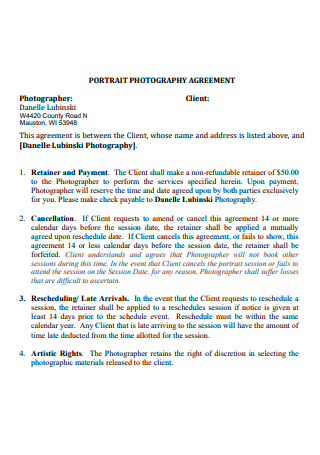
Portrait Photography Agreement
download now -
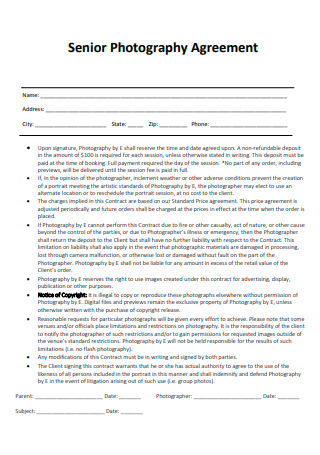
Senior Photography Agreement
download now -
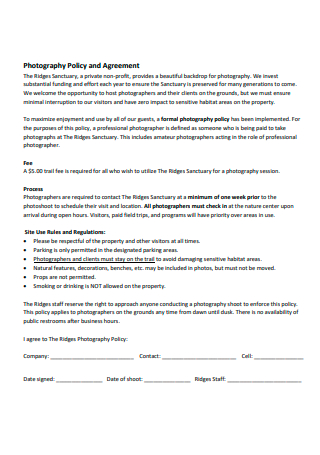
Photography Policy and Agreement
download now -
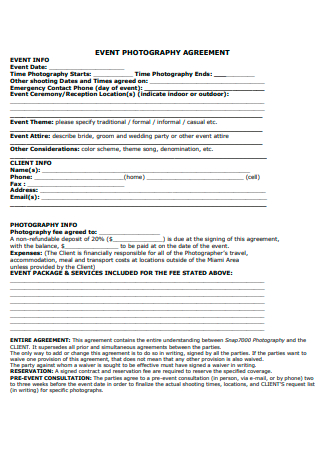
Event Photography Agreement
download now -
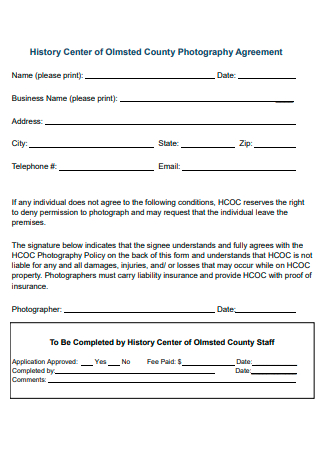
Simple Photography Agreement
download now -
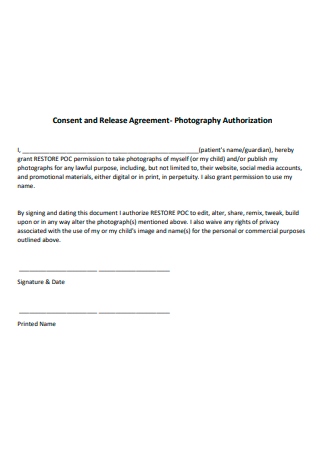
Photography Authorization Consent and Release Agreement
download now -

Photography Commissioning Agreement
download now -
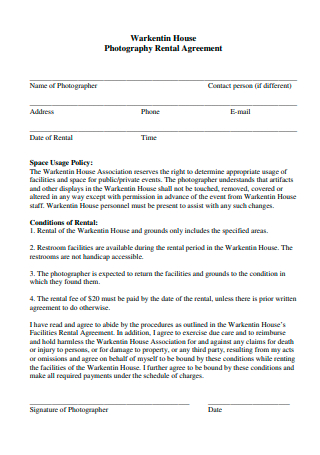
Photography Rental Agreement
download now -
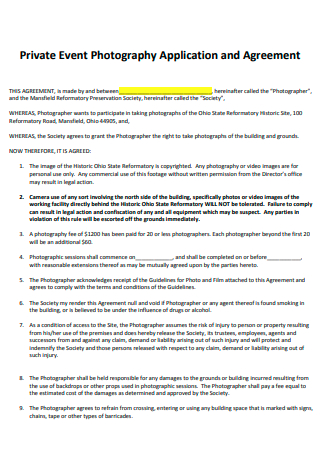
Private Event Photography Application and Agreement
download now -
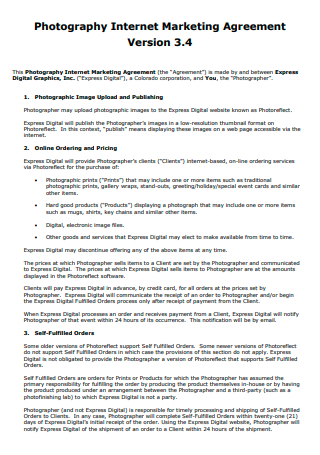
Photography Internet Marketing Agreement
download now -
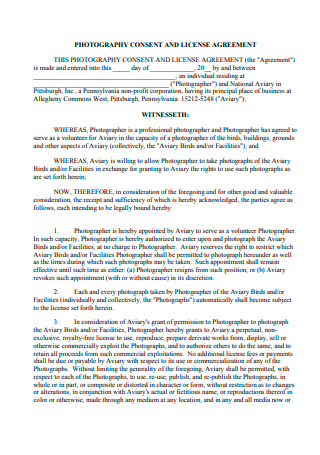
Photography Consent and License Agreement
download now -
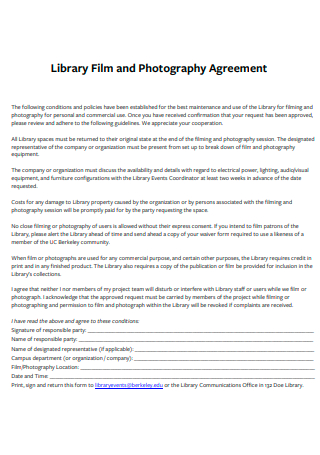
Library Film and Photography Agreement
download now -
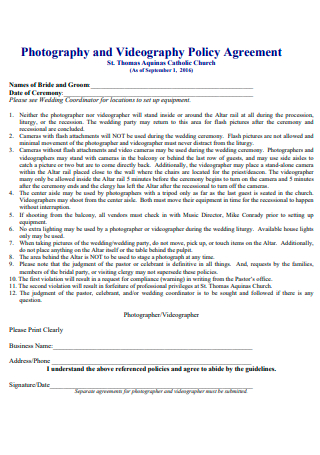
Photography and Videography Policy Agreement
download now -
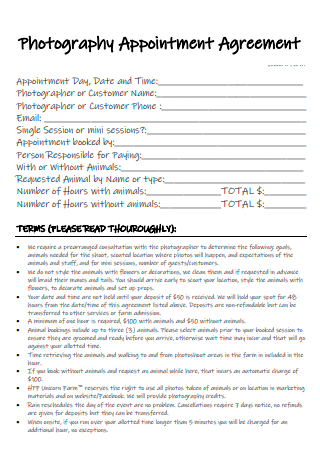
Photography Appointment Agreement
download now -
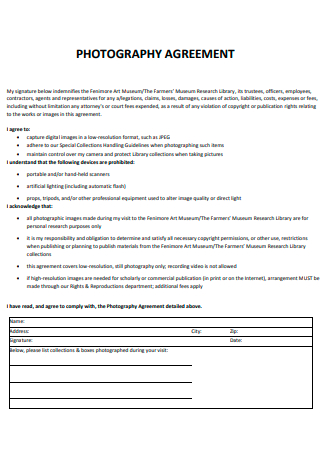
Standard Photography Agreement
download now
FREE Photography Agreement s to Download
50+ Sample Photography Agreement
What Is a Photography Agreement?
Components of a Photography Agreement
How To Write a Photography Agreement
FAQs
What essential contracts do photographers need?
Do photographers need contracts?
How do you submit a photography contract to a client?
What Is a Photography Agreement?
A photography agreement is a legally binding document between a professional photographer and a client. The client in the agreement is any entity or individual that a photographer forms a relationship within the document. A client may refer to a person or business that hires a photographer for personal or professional purposes. It may be for headshots of an executive team of a business or a government agency that needs the services for documentation of a public event. Contracts of a similar nature do not limit to the subjects of photography. The contract not only deals with the people, location, or event that the photographer takes, but it must also deal with the financing body or entity responsible for payments. It is essential to establish a photography agreement to identify the expectations of both parties. It also serves as a tool to build relationships with the client, guaranteeing that the photographer offers clear and effective communication, sets goals, and fulfills promises.
According to IBISWorld and its statistical data on the market size of photography in the United States from 2002 to 2027, the photography market has a total revenue of 11.5 billion US dollars in 2022. The growth rate of photography services has an expected growth rate of 0.6 percent this 2022, with its market size rapidly growing at 0.4 percent per year between 2017 to 2022.
Components of a Photography Agreement
Setting up photography agreements for clients is an essential responsibility of a successful professional photographer. Guarantee that the document contains more than just basic information. It must indicate specific and unique circumstances for each shooting event that a photographer performs. Whether you are writing the contract with the help of an expert attorney or preparing the agreement yourself, keep in mind that the following components are necessary for a comprehensive photography agreement.
How To Write a Photography Agreement
Every professional photographer that engages with clients for photography services must secure a photography agreement, whether you are an independent photographer or a new photographer setting up a studio. When writing a photography agreement, ensure that all essential parts of the document are present. Below are helpful tips to help you develop a comprehensive photography agreement.
-
1. Indicate the Start and End Dates
The first step in creating any photography agreement is to set up a clear start and end time. If a photographer does not have an idea, there is a risk of clients asking for extra work for services they will not compensate. It is necessary to negotiate the working hours with the client. For every photography event, the photographer needs to set up equipment at the beginning and wrap up at the end. If an event is about eight hours long, ten hours is a reasonable timeline. Any longer than that, the photographer can charge additional fees.
-
2. Be Clear About Pricing and Payment Terms
Every photography agreement requires particular pricing and payment terms. Since different events call for various pricing methods, identify which one to use. Flat rates work best for short-term engagements, while hourly rates are advantageous for long-term projects. You can utilize hybrid pricing if and whenever necessary. Professional photographers charge for retainer or booking fees that the client pays for to guarantee that a photographer is available at a particular time and date. Thoroughly explain to clients the different fees and payments, plus additional costs in various situations. Specify the final payment methods, the person responsible for paying, and the consequences of delayed payment.
-
3. Specify the Deliverables and Due Dates
The next step in creating the photography agreement is to specify the number of photos you will deliver to clients and how you plan to provide them. The photographer can choose to outline different packages and bundles to cater to the needs of each client. It gives a framework to start business discussions, exclusions, and inclusions. Always be clear about the date and time of delivering the outputs. Make sure that the contract also explains the consequences of the photographer not being able to fulfill their duties due to the action or inaction of the client.
-
4. Indicate the Rights to Photographs
Remember that every photography agreement indicates who has the rights to the photographs. The issue remains as the photographer is the one who took the photos while the client rendered services. The option that photographers take involves maintaining the copyright. Photographers can also supply physical copies of the photos or provide digital copies and let clients print them. Whichever approach you choose, emphasize the importance of the copyright terms.
-
5. Include Protection for Yourself and Your Clients
Make sure that the photography agreement details information about the protection and security of clients and the photographer. If there are no sufficient protection clauses in the agreement, the photographer can face legal repercussions along the way. Most photography agreements state that the photographer returns payments and will not be liable for additional work. As for client protection, the document can reiterate the flexibility of rescheduling and other considerations to make the clients feel confident in closing a deal with you.
FAQs
What essential contracts do photographers need?
Aside from a photography contract, there are various legal documents that a photographer needs. These include model release contracts, photo session agreements, rights to photos, property releases, equipment rental agreements, wedding photography agreements, gallery sales, among others.
Do photographers need contracts?
Yes, they do. Aside from setting out all negotiations in the document, it also details necessary information about the photography project, including the timeframe, property rights, payment terms and fees, and deliverables.
How do you submit a photography contract to a client?
Before sending the final copy of the document, do a quick rundown of its accuracy and comprehensiveness. You must also remove potential barriers to clients, prevent sending editable files or documents, and provide sufficient time to review the contract.
The photography agreement helps the photographer and client detail their expectations from each other. It is necessary to secure a document that is acceptable and clear to both parties. The photographer can also anticipate possible conflicts or circumstances with accountability. Establishing the photography agreement builds trusting relationships between the involved parties, allowing clients to know that they can depend on the photographer to deliver agreed-upon services. Create a photography agreement today by downloading the samples available from the article above.
